Está a punto de abandonar este sitio.
Por favor, tenga en cuenta que su carro de la compra actual no ha sido guardado todavía y no podrá ser restablecido en el nuevo sitio ni cuando regrese. Si desea guardar su carro de la compra, inicie sesión en su cuenta.

How do I spend less time on PCR experiments and get results faster?
Academia de laboratorio
- Farmacia
- Eficiencia
- Amplificación y PCR
- Cicladores para PCR
- Ensayo
Much time in the laboratory is spent on conducting PCR experiments. It is worth analyzing which aspects contribute to the total time spent, and where effort can be reduced. One obvious point is pure run time, but attention should also be paid to the preparation of the experiments, as well as to the question of whether PCR runs could possibly be avoided altogether.
Speed up your reaction – Part 1: Minimization of reaction time
A PCR run (traditionally) consists of three temperature steps (denaturation, annealing and elongation) that run in cycles (figure 1). Certain parameters are dependent on the type and the amount of template as well as on the primers used, but there are many parameters that are amenable to “tweaking” when it comes to shortening the reaction time and to performing a “fast PCR”. Leer más
Leer menos
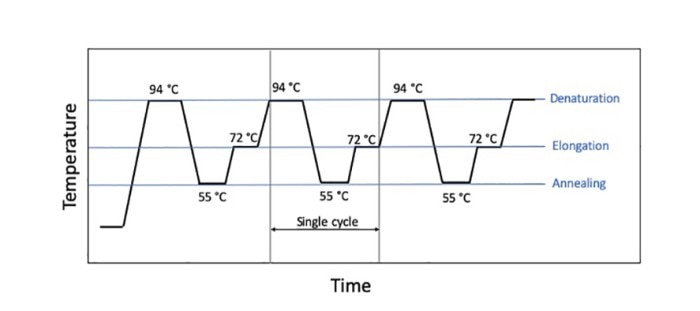
Since PCR consists of a large number of temperature changes, the speed at which the sample reaches the required temperature is also relevant. This speed is determined by three main factors: the thermocycler, the consumables and the sample volume. The speed is a direct result of the active heating and cooling capacity of the instrument in combination with the conductivity of the heating block. Silver, for example, displays higher thermal conductivity than aluminum (table 1), which affects the heating and cooling rates of cyclers with blocks made from the respective materials (figure 2).
On the one hand, it is important that the reaction components hold the target temperatures of the cycles for a certain period of time in order to ensure an optimal, i.e. specific, PCR run with high yield. For example, the duration of the denaturation step depends on the GC-content and possible secondary structures of the target sequence, and the elongation time depends on the length of the target sequence. The number of cycles, on the other hand, is dictated by the copy number which enters into the reaction. Specific PCR reagents such as, for example, a modified polymerase that displays higher processivity, or additives that accelerate primer annealing or influence the melting behavior of the DNA, respectively, may help reduce the holding times required, and thus the duration of the run, especially in the case of long amplicons.
Since PCR consists of a large number of temperature changes, the speed at which the sample reaches the required temperature is also relevant. This speed is determined by three main factors: the thermocycler, the consumables and the sample volume. The speed is a direct result of the active heating and cooling capacity of the instrument in combination with the conductivity of the heating block. Silver, for example, displays higher thermal conductivity than aluminum (table 1), which affects the heating and cooling rates of cyclers with blocks made from the respective materials (figure 2).
Leer más
Leer menos
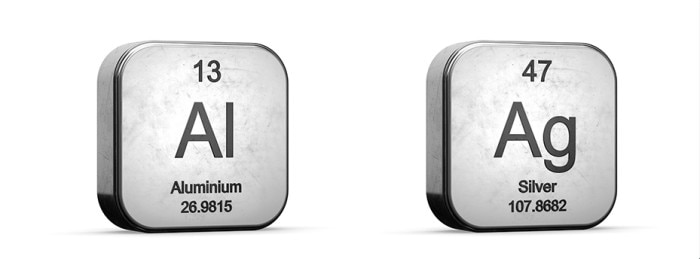
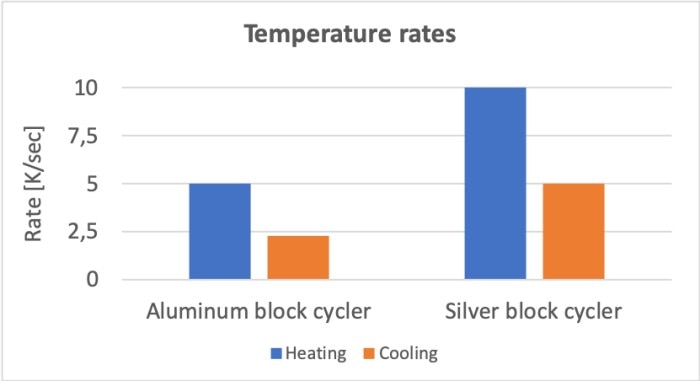
Achieving rapid temperature changes of the block is the basic prerequisite – the actual goal, however, is reaching the respective temperature inside the sample. Between heating block and sample, there is the vessel. In order to ensure optimized temperature transition, the shape of the vessel should fit the shape of the cycler block perfectly, and its wall should be as thin as possible. Standard PCR Consumables consist of polypropylene. This material offers many advantages; sufficiently fast temperature transfer, however, can only be achieved with thin vessel walls (figure 3).
Leer más
Leer menos

A further option capable of shortening heating and cooling times of the sample, respectively, is a reduction in sample volume. If large sample numbers are processed simultaneously, 384 well plates are a good choice. If work is performed in the 96-well format, plates and vessels of the “low profile” versions lend themselves particularly well to the use of small volumes (figure 4). The area of the vessel wall between sample and heated lid is reduced in “low profile” versions, thus generating less condensation that would change the concentration of the reaction components.
Leer más
Leer menos
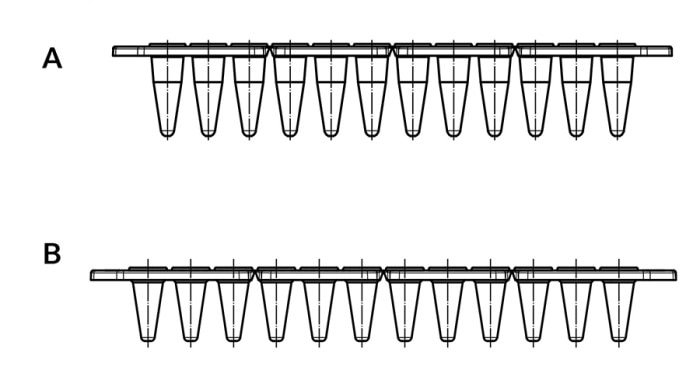
A Eppendorf twin.tec®, unskirted low profile 150 µL
B Eppendorf twin.tec®, unskirted 250 µL
A different way to shorten the reaction time involves the conversion of the classic three-step PCR to a 2-step PCR (figure 5). In this case, annealing and elongation occur in the same step, meaning that one step and one temperature change are saved in each cycle. Many experiments permit this method as most polymerases are sufficiently active at the chosen annealing temperature.
Leer más
Leer menos
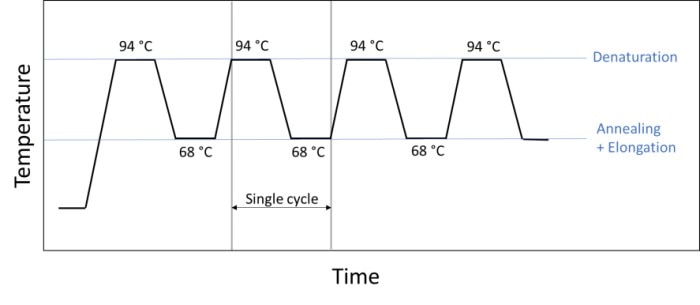
Read all about it in the next part: “Speed up your reaction – Part 2: Reduction of preparation time and avoiding runs” shows how the effort involved in the preparation of a PCR can be reduced and which strategies exist that can help decrease the number of PCR runs that need to be performed.
Leer más
Leer menos
[1] Eppendorf Application Note 274
[2] Butts ELR, Vallone PM. Rapid PCR protocols for forensic DNA typing on six thermal cycling platforms. Electrophoresis. 2014; 35: 3053-3061. Butts EL1, Vallone PM.
[3] Eppendorf Application Note 400
[4] Eppendorf Application Note 388
Eppendorf® , the Eppendorf Brand Design, Eppendorf twin.tec® and Mastercycler® are registered trademarks of Eppendorf AG, Germany. All rights reserved, including graphics and images · Copyright © 2020 by Eppendorf AG.
Leer más
Leer menos

